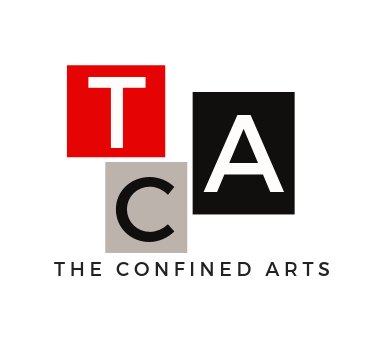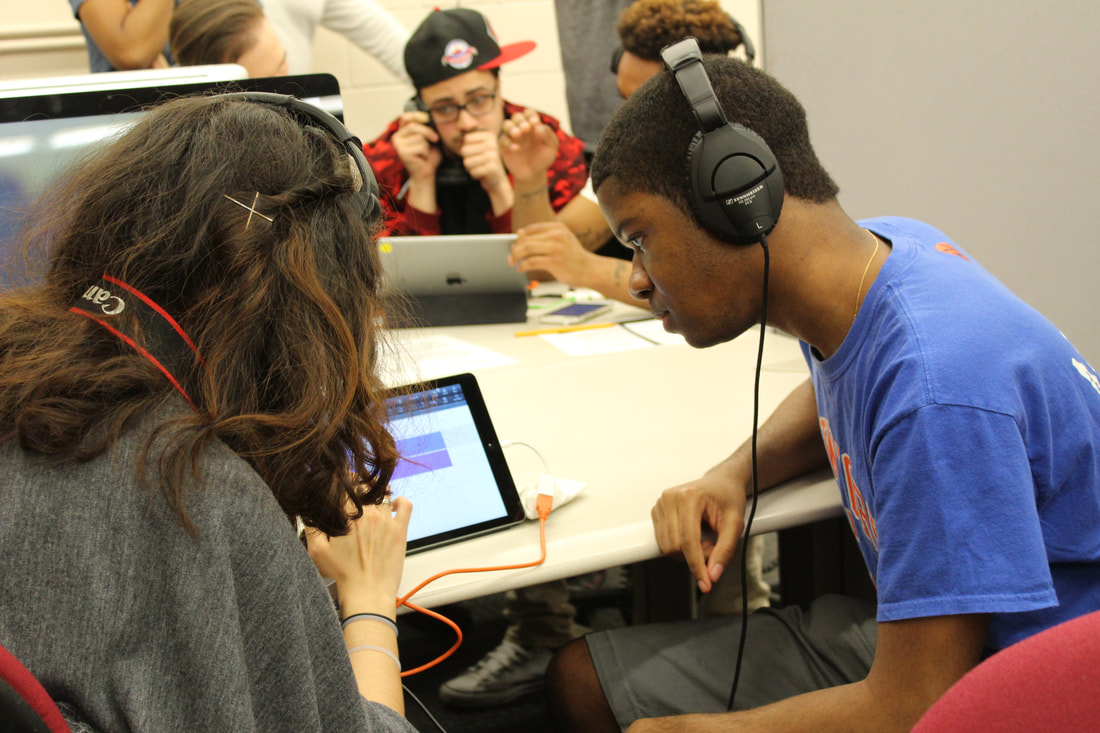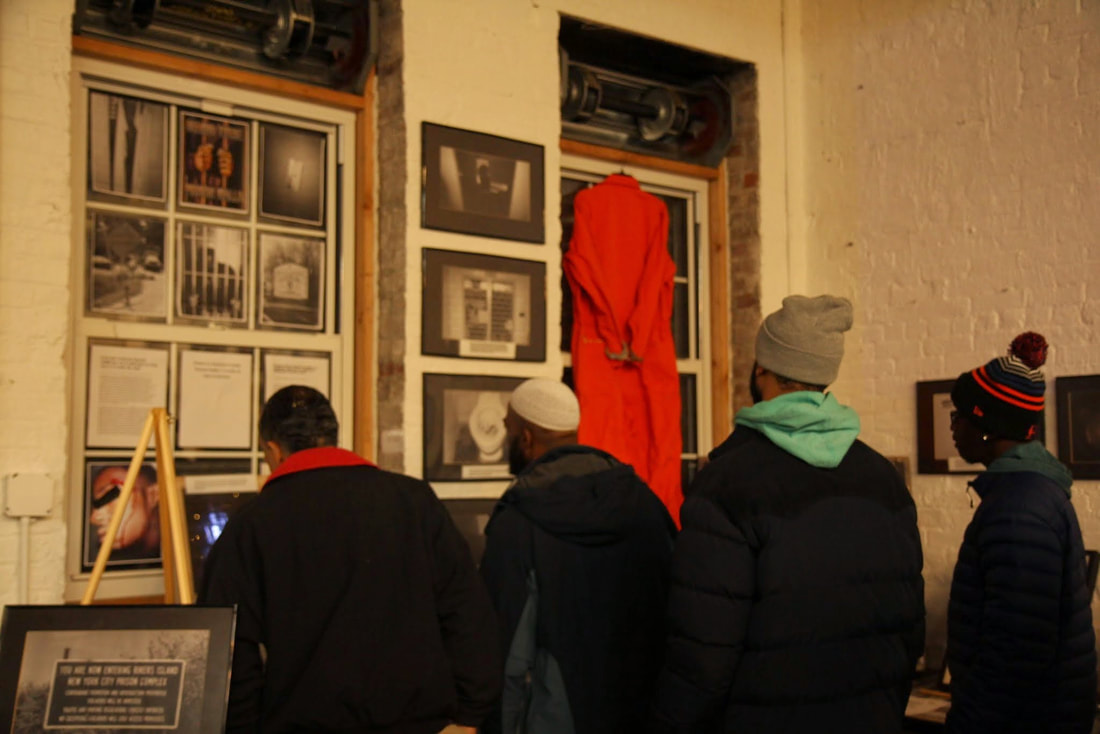Art, no matter the medium, should never be seen as a means for satisfying decorative desires, nor should the implementation of art programming be viewed as a supplemental means for entertaining crowds. The role of art in activism must be elevated to the level of its capacity to change the hearts and minds of people. Too often, the role of strategic arts engagement as a transformative tool for social justice is overlooked and undervalued by leaders who don’t traditionally take artistic approaches to social change within their own work strategies.
AND MORE.....
Art is at the forefront of change. The process begins when we imagine a new world, one that is devoid of stigma and inequality. Resourceful artistic creativity within social change is one of the most influential and sometimes overlooked methods of problem solving. When rational lived experiences are not enough to change people's minds, attitudes, and behavior, art and popular culture have the potential to touch people on deeper levels of consciousness.
When it comes to creating more informed and culturally inclusive policies for public safety, the role of the arts in the social justice landscape cannot continue to be minimized to supplemental involvements, which only feature artistic activities as a secondary option for social engagement. Instead, art should be in every change agent’s toolbox as a means to change perception, build relationships, and foster action.







